The digital marketing landscape identifies email as a leading tool that enables businesses to develop prospects and keep clients engaged. Email drip campaigns represent an especially powerful moving strategy among all available email marketing approaches which helps businesses interact with potential customers while teaching their audience base and leading to more product purchases.
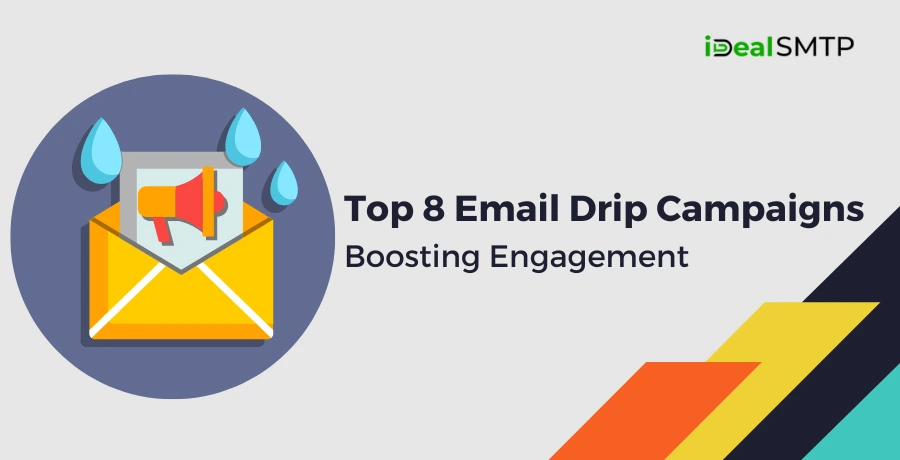
This article examines the definition of email drip campaigns alongside their advantages as well as setup and implementation methods top practices and concrete business scenarios.
Table of Contents
Pricing
| Trail Plan | Standard Plan | Premium Plan | Professional Plan |
| $50 | $145 | $185 | $225 |
| Sending Limit | Sending Limit | Sending Limit | Sending Limit |
| 1000 Emails/Hour | 1500 Emails/Hour | 3000 Emails/Hour | 5000 Emails/Hour |
What is an Email Drip?
An email drip campaign is a system of prepared automated emails which sends messages based on user activities or time intervals. A drip refers to email sequences because they deliver messages in a method similar to water droplets that act slowly to nurture over time.
Drip campaigns serve the following three purposes:
- Nurture leads- They target potential customers who may not yet be ready to make a purchase, gently guiding them through the sales funnel.
- Onboard new users- When someone subscribes to your service or downloads a resource, a drip campaign can help them get acquainted with your offerings.
- Re-engage inactive users- Drips can also be used to win back users who have shown interest in the past but have become inactive.
A common set of ongoing marketing campaigns includes welcome messages alongside educational email sets and user reactivation efforts and product notification send-outs. Every email follows the starting email as the sequence progresses by giving progressively greater value to the receiver.
What is an Email Drip Campaign?
An email drip campaign is a series of pre-written, automated emails sent to subscribers based on specific actions, behaviors, or timelines. These campaigns “drip” relevant content over time, helping businesses engage users systematically without overwhelming them.
Drip campaigns are also known as:
- Automated email sequences
- Lifecycle emails
- Behavioral emails
- Lead nurturing emails
Why Email Drip Campaigns Matter
- Consistency in Communication– Through email drips, businesses preserve consistent communication with their audience. Automated messaging helps your communication reach all recipients irrespective of your operational hours.
- Personalization– Personalization runs deep in drip campaigns since they adjust content according to recipient behavior patterns. The email sequence for subscribers who access free resources differs from the sequence sent to subscribers who just joined your newsletter list. The process of personalization develops audience involvement and creates strong ties between your business and its subscribers.
- Higher Conversion Rates– The sequential lead nurturing effect in drip campaigns leads to better conversion rates in business operations. Every arrival email delivers value which leads subscribers to complete your specified objective such as buying your product or signing up for your service or performing another desired action.
- Time and Resource Efficiency– Your email drip campaign runs independently after its set-up phase hence saving time alongside resources. The campaign works autonomously to maintain lead care activities after your team moves onto different assignments.
- Measurable Results– Email drops along with other email initiatives allow you to track metrics such as open rates conversion rates and click-through rates. The collected analytics data enables strategic improvements of upcoming campaigns which results in enhanced efficiency and better performance.
Types of Email Drip Campaigns
Various email drip campaigns exist with specific targeted purposes. Some common examples include:
1. Welcome Email Series
The welcome email series functions as the most frequently used format in email drip campaigns. Web users who subscribe to your email list or establish a new website account with you will typically initiate this sequence. This campaign aims to present your brand to subscribers while defining expectations about their experience and starting professional communications.
Welcome email series consists of the following sequence:
- A warm welcome message
- A brief introduction to your brand and its values
- The offer of a special discount provides subscribers with an incentive to join your service
- Links to helpful resources or blog posts
2. Lead Nurturing Campaign
Lead nurturing campaigns develop engagement with prospects while leading them through different stages of the sales process. Campaigns targeted towards subscribers reveal your brand to individuals who have demonstrated interest but must develop into full customers. The target purpose of your content should be creating helpful information which enables clients to solve problems and develop trust gradually.
During a lead nurturing campaign the following elements should be included:
- Educational content such as blog posts, eBooks, or case studies
- Product or service demos
- Testimonials or success stories from other customers
- Offers with special deals serve to drive customers toward conversion.
3. Abandoned Cart Email Series
This abandoned cart email series operates specifically to recover customers who left products in their baskets before finishing the checkout process. This typical drip campaign generates a set of reminder emails to push customers toward product completion.
A typical abandoned cart email series must include multiple key elements which consist of
- The email displays the items that customers place into their buying cart.
- A sense of urgency (e.g., limited stock or time-sensitive offers)
- The completion of a purchase receives an exclusive special offer along with an additional benefit.
- Social proof, such as customer reviews or ratings
4. Post-Purchase Follow-Up Campaign
Email sequences following purchase serve to keep customers active after their purchase. The emails assist with valuable instructions feedback requests alongside suggestions for additional related products to sustain customer relations.
When implementing post-purchase campaigns email content normally consists of the following:
- A personalized email containing order information expresses gratitude to the customer.
- Product usage tips or tutorials
- Upsell or cross-sell recommendations
- A request for customer reviews or testimonials
5. Re-engagement Campaign
Email Drip campaigns directed at non-responsive subscribers exist to bring back their engagement. Re-engagement campaigns actively try to reawaken interest in consumers to bring them back into active user status. The contents of re-engagement emails typically include special promotions together with poll questions and notices about absent features.
A successful re-engagement campaign utilizes three main strategies which consist of:
- Discount and special offers targeted at subscribers who have stopped receiving content
- Survey or feedback request to determine the reasons behind subscribers’ inactive status
- The messaging presents updated aspects and development improvements within your company’s products and services.
Top 10 Email Drip Campaign Software
A business must implement email drip campaigns for automatic email marketing that maintains personalized contact through specific software. Businesses should select software that impacts their effectiveness and automation capabilities alongside how easy it is to use.
1. SMTPget
SMTPget is an SMTP-based email delivery service that allows businesses to send automated email drip campaigns. It is designed for email marketers who need reliable delivery, high inbox placement, and API-based integrations.
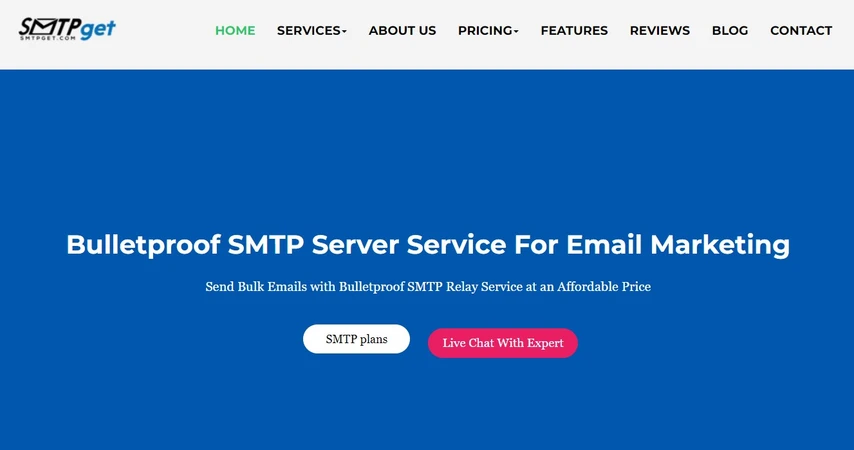
Key Features:
- Advanced SMTP relay service for email automation
- Supports email authentication (SPF, DKIM, DMARC)
- High email deliverability with real-time monitoring
- API integration for CRM and marketing automation tools
- Customizable email drip sequences
Pros:



2. iDealSMTP
iDealSMTP offers an SMTP service that allows businesses to send automated email sequences effortlessly. It is particularly useful for companies that want a secure and reliable email infrastructure.
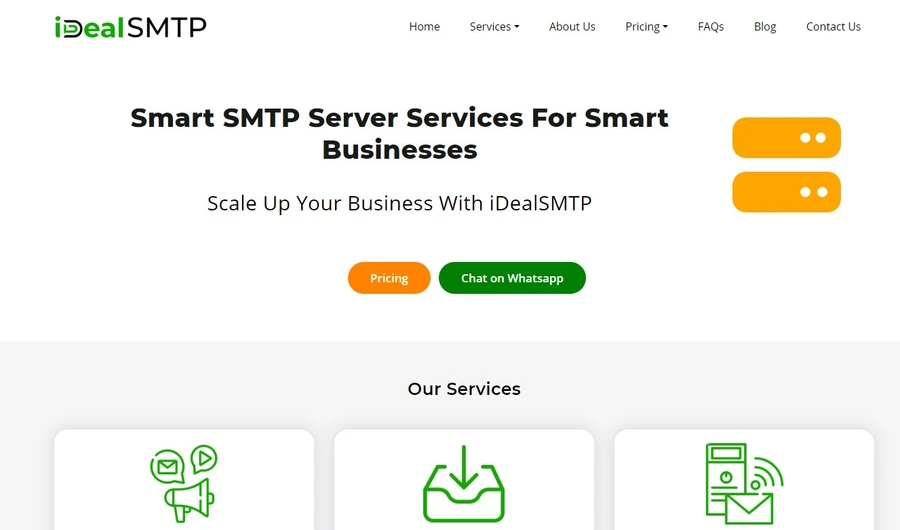
Key Features:
- High-speed SMTP relay with dedicated IPs
- Supports email drip sequences and autoresponders
- Strong spam filtering and IP reputation management
- Works with third-party marketing automation tools
Pros:



3. SMTPmart
SMTPmart is an SMTP-based email service provider that allows businesses to set up email drip campaigns with high deliverability rates. It provides strong security features and supports API-based email automation.
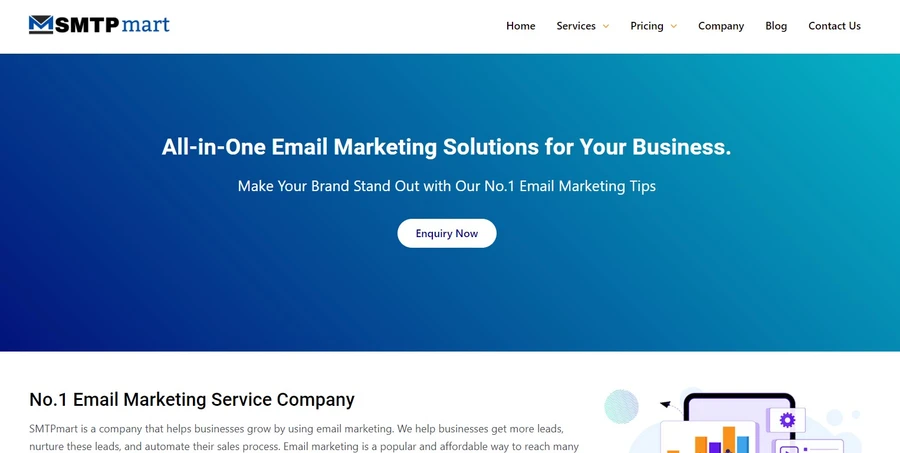
Key Features:
- Custom SMTP relay with high deliverability
- Automated email drip sequences
- Detailed analytics for open rates and engagement
- Integration with CRM and third-party apps
Pros:



4. Mailchimp
Mailchimp is a widely used email marketing platform that provides an easy-to-use email drip campaign builder. It is ideal for businesses that need a drag-and-drop email editor and robust automation features.
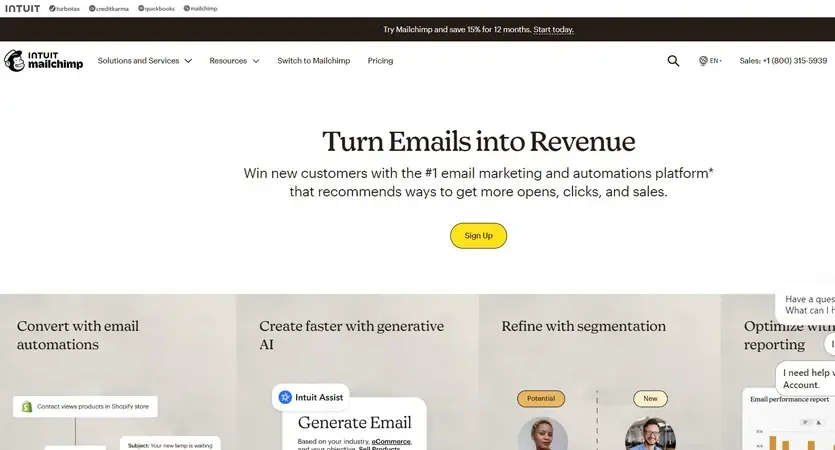
Key Features:
- User-friendly drip campaign builder
- A/B testing for email optimization
- Pre-built email templates
- CRM and e-commerce integrations
Pros:



5. ActiveCampaign
ActiveCampaign is a powerful email marketing tool with robust automation and segmentation features. It allows businesses to create behavior-triggered drip campaigns that adapt based on customer actions.
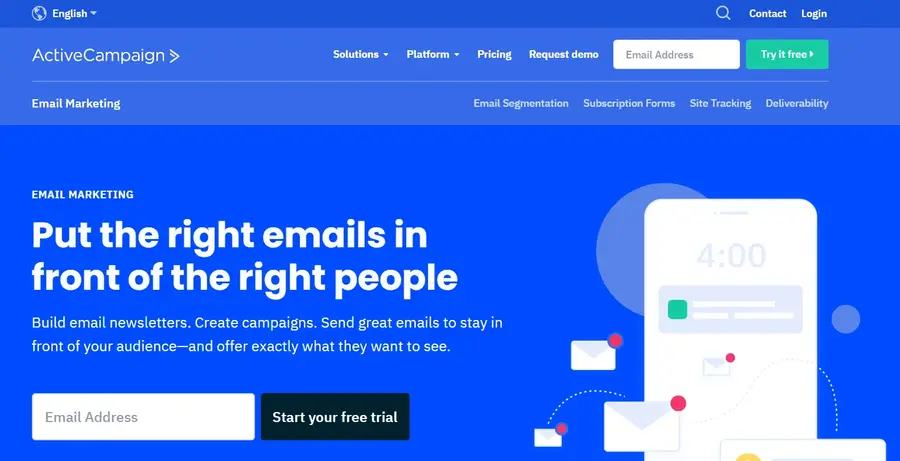
Key Features:
- Visual automation workflow builder
- Advanced contact segmentation
- Machine learning-based personalization
- Deep CRM integrations
Pros:



6. GetResponse
GetResponse offers email marketing, landing pages, webinars, and automation in a single platform. It is ideal for companies looking for an all-in-one email and marketing automation solution.
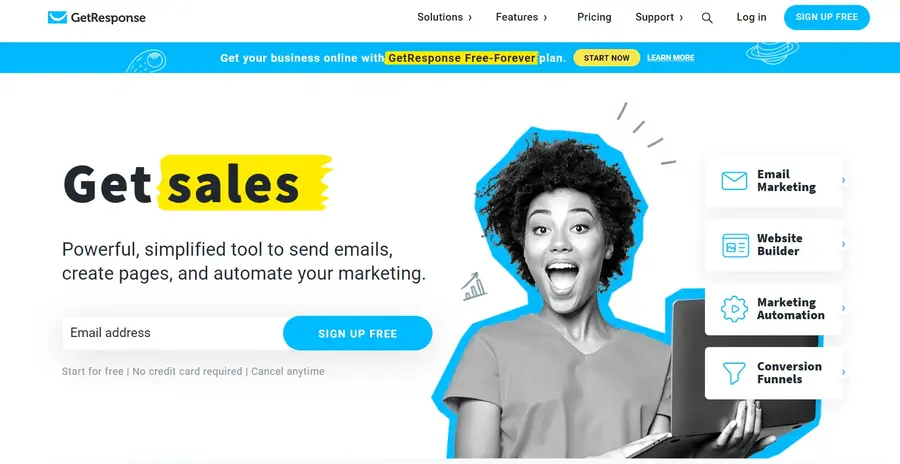
Key Features:
- Pre-built email automation templates
- Landing page builder
- Webinar hosting integration
- SMS marketing
Pros:



7. Sendinblue
Sendinblue is an email marketing and automation platform that offers email drip campaigns, SMS marketing, and CRM functionalities. It is one of the most budget-friendly options for businesses needing automation.
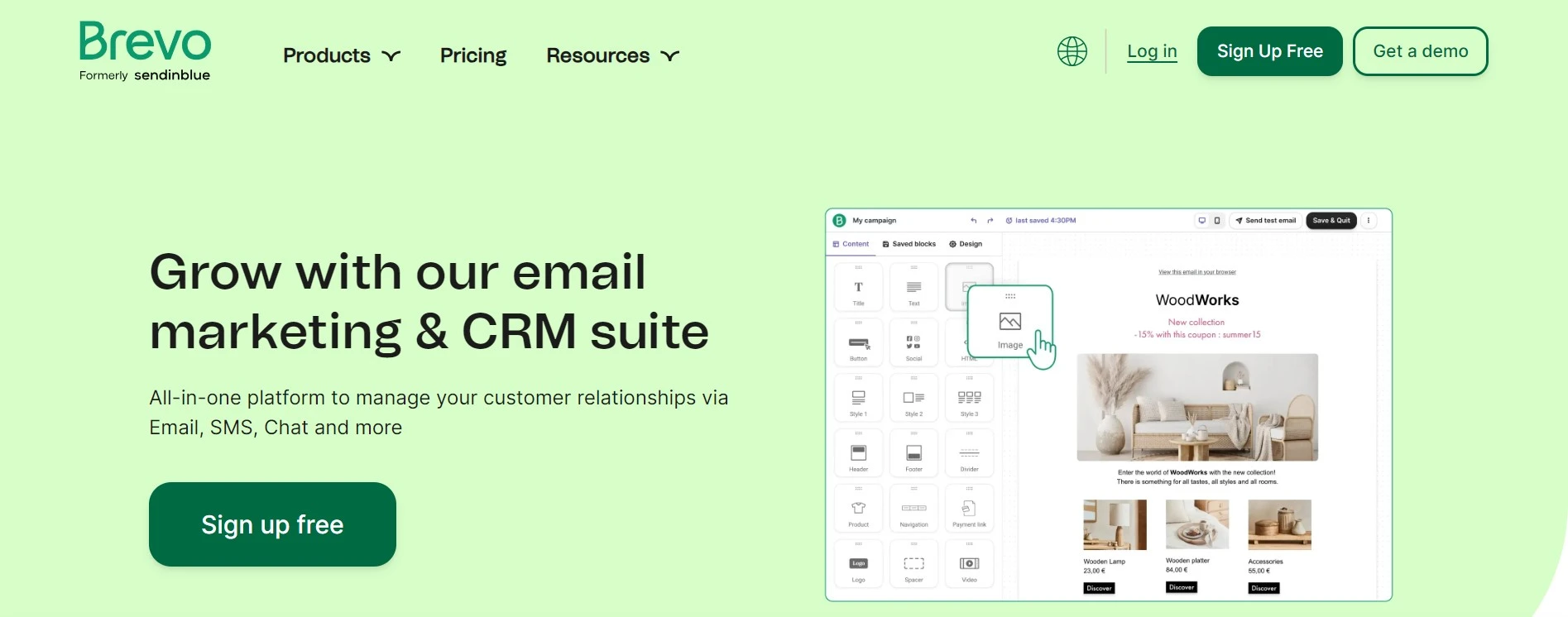
Key Features:
- Drag-and-drop drip campaign builder
- SMS and email automation
- Transactional emails via SMTP API
- A/B testing and analytics
Pros:



8. ConvertKit
ConvertKit is an email marketing tool designed specifically for creators and influencers. It provides an intuitive email drip system with a focus on audience engagement.
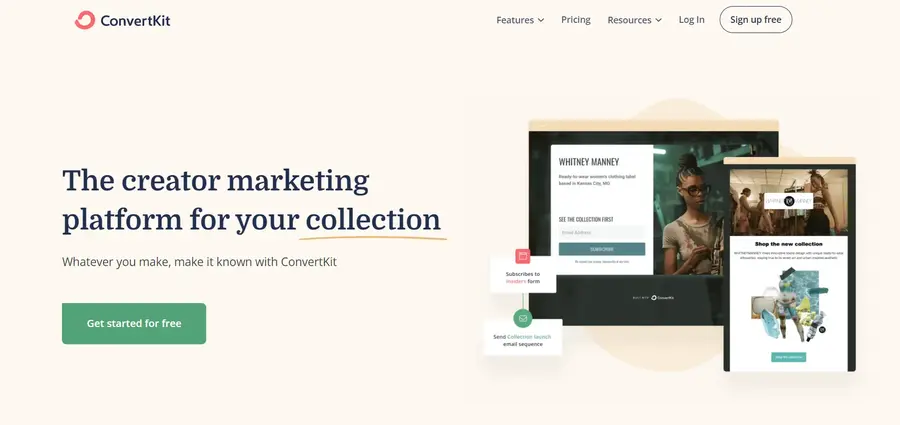
Key Features:
- Simple and visual automation workflow
- Tag-based subscriber segmentation
- Landing page and form builder
- Integration with e-commerce and membership sites
Pros:



Key Elements of a Successful Email Drip Campaign
Creating an effective email drip campaign requires careful planning and execution. Here are the key elements that contribute to the success of your campaign:
1. Clear Goals and Objectives
Before launching your drip campaign, it’s important to define clear goals and objectives. What do you want to achieve with this campaign? Are you trying to generate leads, increase sales, or nurture existing customers? Establishing clear goals will help you design a drip campaign that aligns with your business objectives.
2. Segmentation
Segmentation is the process of dividing your email list into smaller groups based on shared characteristics, such as behavior, demographics, or purchase history. Segmentation allows you to create highly targeted drip campaigns that resonate with different segments of your audience, improving relevance and engagement.
3. Personalized Content
Personalization is key to creating a meaningful connection with your subscribers. Use data such as the subscriber’s name, past interactions, and preferences to customize the content of your emails. This personalization will help your subscribers feel valued and increase the likelihood of conversions.
4. Compelling Subject Lines and Preheaders
Your subject line is the first thing subscribers will see, so it’s essential to make it attention-grabbing. A compelling subject line encourages recipients to open your email. The preheader text is the snippet that appears next to or below the subject line, and it should complement it by providing more context.
5. Clear and Concise Copy
Keep your email copy clear, concise, and to the point. Focus on delivering value to the subscriber while avoiding unnecessary fluff. Use persuasive language that emphasizes benefits and encourages action. Be sure to include a clear call to action (CTA) in each email, directing the recipient on what to do next.
6. Testing and Optimization
To maximize the effectiveness of your drip campaign, it’s important to test different elements, such as subject lines, CTAs, and email design. Use A/B testing to experiment with different variations and identify what resonates best with your audience. Continually analyze the results and optimize your campaign for better performance.
Conclusion
Email drip campaigns are an invaluable tool in any marketer’s arsenal. They help nurture leads, increase conversions, and build stronger relationships with customers. By sending targeted, relevant, and personalized content at the right time, you can guide your subscribers through their buyer’s journey, boost engagement, and improve overall marketing performance.
Whether you’re new to email marketing service or looking to enhance your existing campaigns, email drip campaigns are a proven strategy to achieve your business goals. By following best practices, leveraging automation, and continually optimizing your approach, you can create effective drip campaigns that drive meaningful results.







